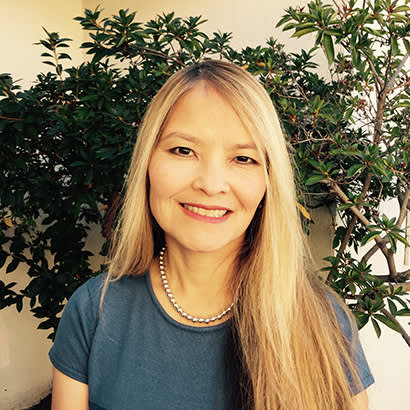
For an enhanced digital experience, read this story in the ezine.
Since the early days of the coronavirus (COVID-19) pandemic when shelter-in-place orders were slowly being lifted in communities across the country, NRPA and the park and recreation field at large were sounding the alarm about the importance of getting children outside for the good of their overall mental and physical health. But, what if the amount of time children spend in nature could also directly impact the health of their lungs? In a recent study published in the European Respiratory Journal, scientists in Portugal found that children who reside near nature have better lung function compared to children who live further away from green environments. “We looked at factors like physical activity and air pollution, but the link between lung function and moving closer to green space remained, even after we took these into account,” Dr. Diogo Queiroz Almeida of the University of Porto states in the journal’s news release. A common thread found throughout the pages of this month’s issue is how research continues to show why access to nature is critical to maintaining our health.
For some people living in underinvested urban communities, access to nature may seem like a pipedream. However, in the cover story, “Seeing the Urban Forest Through the Trees,” authors Paul Stewart and LaDonna Baertlein share practices currently used in U.S. cities to support more equity-driven tree canopies. What’s more, they explain how inter-agency and external partnerships could potentially reinforce and enhance roles and responsibilities for these urban forestry programs.
Next, contributor Alan Reed discusses how interpretive centers, known to most as visitors centers, can bring individuals new perspectives and clarity during these times of social change in the feature article, “Building Memory.” According to Reed: “The challenge of inclusion…makes it all the more important to create interpretive centers…that guarantee different points of view and provide spaces for events and programming to bring in outside speakers who can broaden the center’s scope and invite further participation from the audience.”
Lastly, NRPA’s Maureen Neumann offers a process framework for minimizing barriers to health and well-being in the article, “Creating a Community Wellness Hub.” “While Community Wellness Hubs will look different in every neighborhood, city and county, they are united by their shared goals of advancing health equity, improving health outcomes and enhancing quality of life for all people,” she writes.
As more studies about the pandemic and the long-term health impact on the global population become available, I’m sure much of the data will confirm what park and recreation professionals have been telling their community members for decades: nature is directly linked to good health.
Vitisia Paynich is Executive Editor and Director of Print and Online Content at NRPA.

